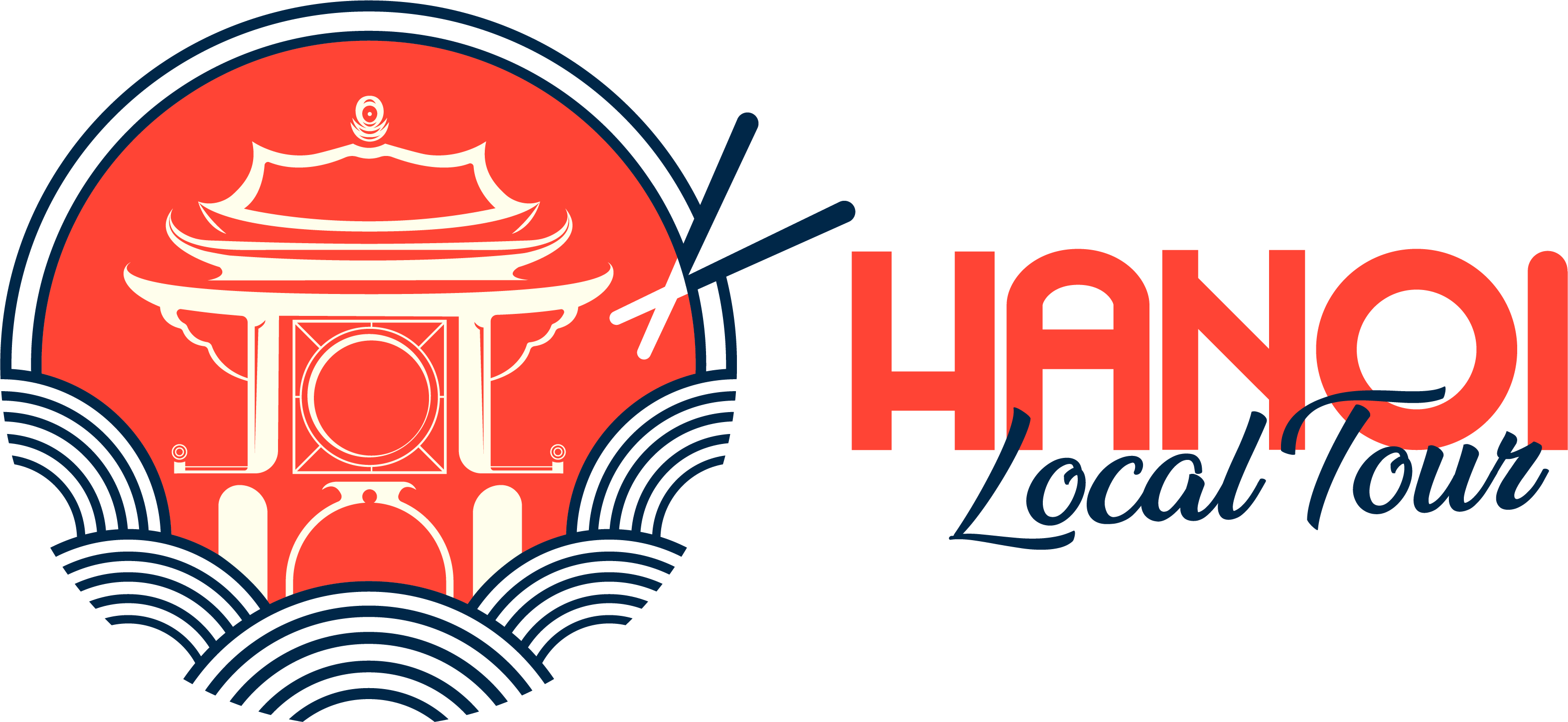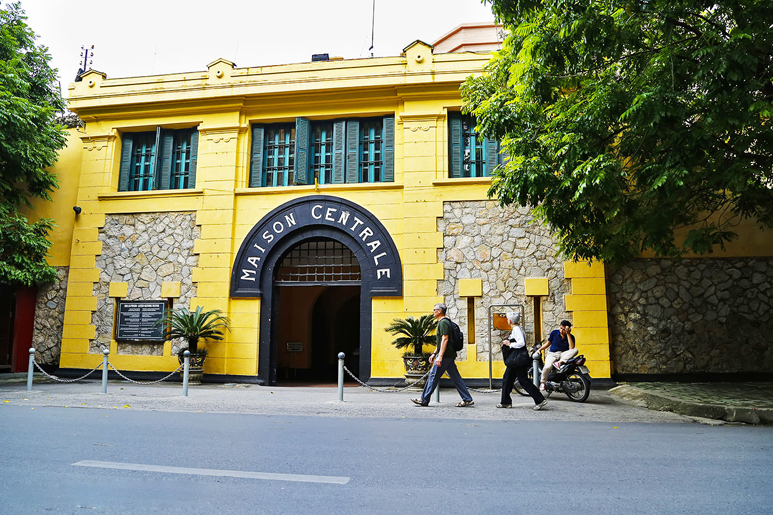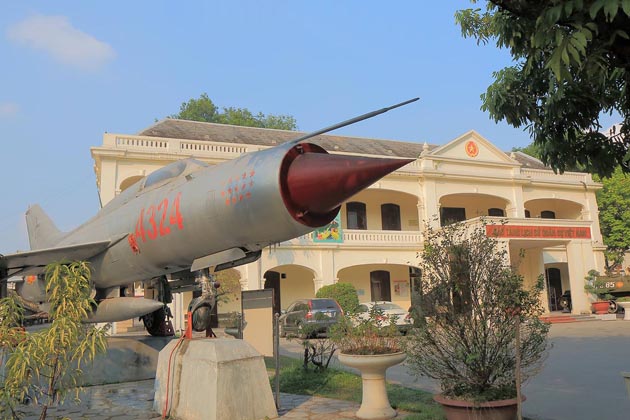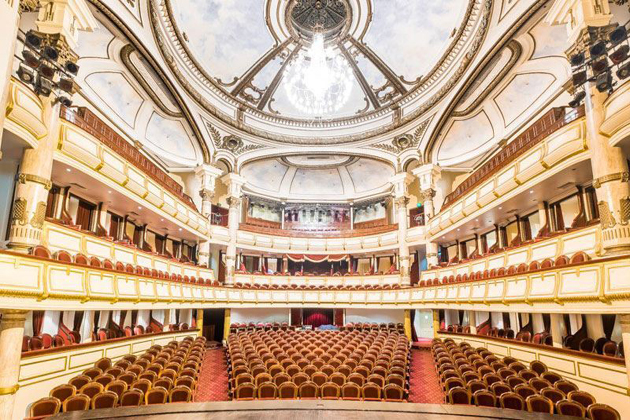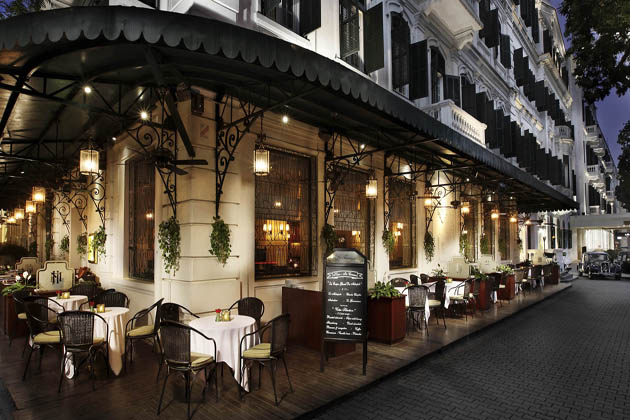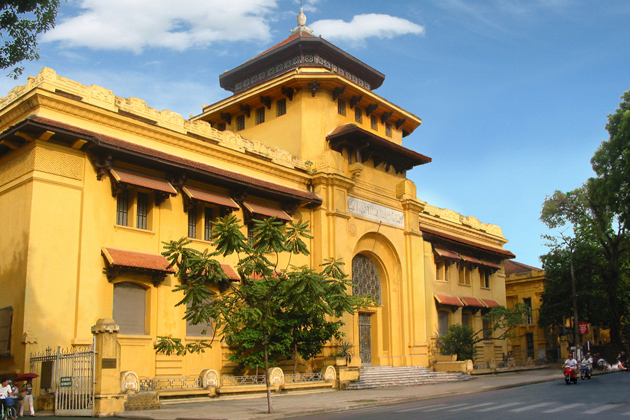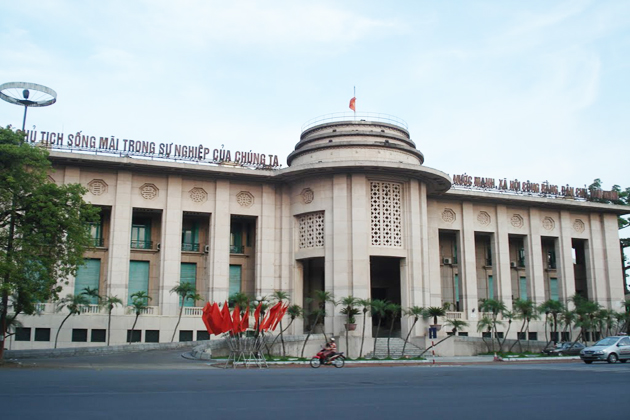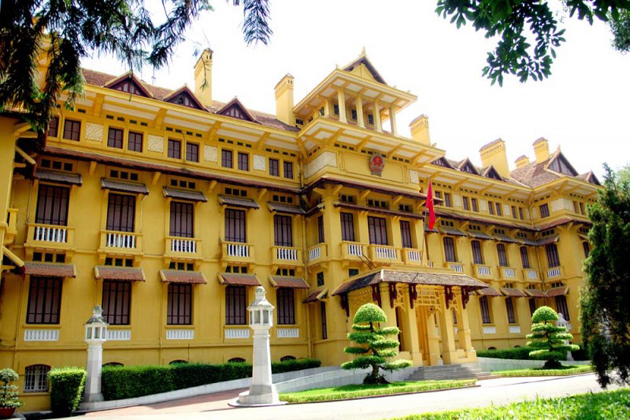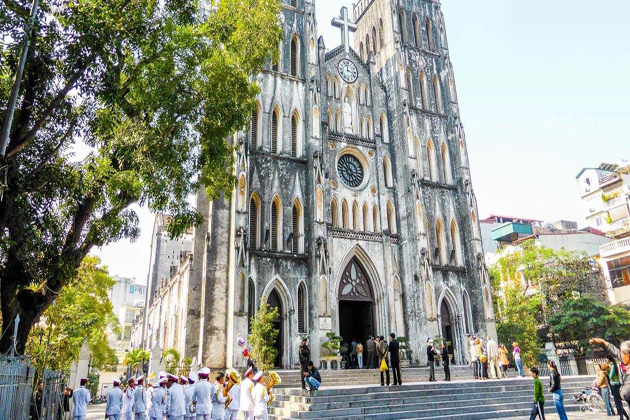No products in the cart.
Hanoi Travel Blog - Hanoi Introduction & Information
French Architecture in the Heart of Hanoi
It is often said that Vietnam paid a too high price to get the independence from the French. But they never said what the Vietnamese receive from this gory period. Old architectures from the French colony have been well-preserved and remained their original beauty. Hanoi is such a wonderful museum in the world where you can behold the relics from the ancient time, the constructions from feudalism and the French architecture in the 20th century. This brief information below will bring you a closer look about these manmade masterpieces.
We understand that you may be worried about the ongoing outbreak of coronavirus in China. Bhutan, Myanmar, and Laos, in contrast, are still safe and sound from this global pandemic. Click here to see the reason why Coronavirus cannot reach these countries and what makes them stronger.
Pre-colonial Architecture in Hanoi
This style was formed from the concession area. It is found through the construction of housing and the seats of French officers and soldiers. They had then imagined a rudimentary form of architecture, with less emphasis on aesthetics, with wide corridors to avoid the stifling heat of summer.
Important elements: One-floor to three-floor house, rectangular surface, pitched tiled or sheet metal roof, surrounded corridors, arches, very simple ornament
Representative buildings of this style: Vietnam Military History Museum (former headquarters of the French Army), some buildings of 108 Hospital and Huu Nghi Hospital.
Neo-classicism Architecture in Hanoi
Important elements: Symmetrical arrangement, roof attic, ostentatious decoration, Baroque inspiration, Renaissance, Roman.
Representative Buildings of this Style
The Presidential Palace
The Presidential Palace in Hanoi is a three-floor structure located north of the Ho Chi Minh Mausoleum. The Presidential Palace is a souvenir of the French contribution to architectural splendor in Indochina. This mustard yellow construction was built in the 1910s serving the demand of living and operational bases of the French governors-general in Indochina. Located on Hung Vuong Street and Hoang Van Thu Street, the designs of this palace were designed by Auguste Henri Vildieu, the French architect officially appointed for Vietnam. In 1945, the building was renamed the Presidential Palace.
Architecture is a mirror of the French essence. Therefore, the only tropical feature can be only found in surrounding mangroves. The Renaissance style is reflected in the aedicule, a formal piano reached by a grand staircase, broken pediments, classical columns, and tights. The interior is sumptuous. The hall of the great ceremony is designed according to King Louis XIV. Meanwhile, the large dining room is from the Renaissance. Finally, the governor general’s private room reflects the ambiance of the French Emperor style. Of course, every governor-general has sometimes ordered renovation but its timeless beauty can be never changed. The Vietnamese government does not change the use of the palace becoming the working place and hosting national ceremonies or national receptions for diplomats and foreign leaders. The Vietnamese government does not change the use of the palace becoming the working place and hosting national ceremonies or national receptions for diplomats and foreign leaders.
The Hanoi Opera House
The Hanoi Opera house is situated at the center of Hanoi create a triangle wonder with Hoan Kiem Lake and Hanoi Old Quarter. The 2,600 m2 theater was designed by two French architects Harlay and Broyer. The construction took place from 1901 to 1911. It is a phenomenal piece of neoclassical French architecture with gothic themes on doors and domes with pillars, closed windows, balconies and a glass room.
There are 3 main parts in this building: the lobby, the main courtroom and the mirror room. The main lobby is the first place where visitors enter the theater. It was made with a high-quality stone in Italy. All small chandeliers are brass and are luxurious. Inside the theater are a large stage and the main courtroom with a size of 24x24m, with many small rooms for the central ground public. At the back of the theater, a management chamber includes 18 makeup rooms, two rooms for voice training, a library and a meeting room. The main audience is paved with high-quality tiles and fireproof carpets. The seats are designed in the classic French style of the nineteenth century. The Hall of Mirrors is the ritual hall that has hosted many senior officials.
The Hanoi Opera House is the largest theater in Vietnam and speaks of historical and cultural evidence of Vietnam under French rule. The interior is even more beautiful than the exterior with many arguments that it is aesthetically even more attractive than the Paris Opera. metal table legs
The Sofitel Legend Metropole Hanoi
Sofitel Legend Metropole Hanoi is a historic 5-star luxury hotel opened in 1901 in the French colonial style. It is located in 15 Ngo Quyen Street in Hoan Kiem District, Hanoi, Vietnam. The hotel has a rich history and a century-long tradition of welcoming ambassadors, writers, heads of state and entertainers, including Charlie Chaplin, Jane Fonda, George HW Bush, Francois Mitterrand, Isabelle de Valvert, Jacques Chirac, etc. The hotel was opened in August 1901 by André Ducamp and Gustave-Émile Dumoutier.
The Sofitel Metropole was chosen as the best hotel in Vietnam and was one of only two Vietnamese hotels entering the best hotels in the world by Condé Nast Travele magazine.
French Regional Architecture in Hanoi
From the 1900s, a large number of French came to live and work in Hanoi. They translated the nostalgia of France through the architectural style of their place of life in Vietnam. That is why, a series of villas and schools were built at that time according to the French regional architectural styles (mainly the North and the Paris region), by applying certain modifications to adapt to the new functions and the tropical climate of Vietnam.
Important elements: Two-floor to three-floor house, tiled roof, wooden console system, simple but elegant decoration.
Representative buildings of this style: Headquarters of the Central Committee of the Vietnam Communist Party (Grand Lycée Albert Sarraut), Tran Phu High School (Small High School Albert Sarraut), a few seats of the embassies of Tran Phu Street, Le Hong Phong Street, Chu Van An Street (old villas).
Art Deco Architecture in Hanoi
After the First World War, economic activity accelerated, a wave of French investors and a small part of Chinese and Vietnamese came to Hanoi. A large number of bank offices, businesses and private villas then appeared in this style.
The Vietnamese art deco style was born of a new generation of young architects who appreciated innovation and a modern, simple and pragmatic design style. This was in keeping with the Art Deco architectural trend of the countries in Western Europe and North America at the time. This style began to develop in Hanoi in the 1920s and was at the forefront of progress in the 1930s. A research project was carried out to harmonize the old architecture with the climate and landscape of Hanoi.
Important elements: Simple and modern forms (cubic, rectangular, cylindrical), a majority of flat roofs, decorative motifs in steel or reliefs in cement and marble reducing the mass of the main blocks.
Representative buildings of this architecture: National Bank (a former branch of the Indochinese Bank), French Cultural Center in Hanoi (former IDEO printing house), Central post office, Ba Dinh district villas, Ba Trieu Street, Hang Chuoi Street
Indochina Architecture Hanoi
In the 1920s, it was found that some buildings of the colonial administration built in the style of Neoclassicism were unsuited to the climate, landscape and traditional aesthetic of the country. French architects, including the initiator of this movement, Ernest Hébrard, and Vietnamese pursued the search for a new style, capable of responding to functional properties while adapting to local conditions and culture. From this reflection was born the architectural style Indochina, today considered the pinnacle of French architecture in Hanoi.
Important elements: Combination of layout, asymmetry of classical European style and traditional Vietnamese and Khmer columns, roof, and architectural details. Very good door and window systems for light admission and natural ventilation.
Buildings representative of this style: Main building of the University of Pharmacy of Hanoi (former University of Indochina), seat of the Ministry of Foreign Affairs (former Ministry of Finance), Museum of National History (former Louis Finot Museum) ), Institute of Hygiene and Epidemiology (former Pasteur Institute), Church Cua Bac, Headquarters of the National Department of Sport (former Marine Club), Headquarters of the Ministry of Foreign Affairs (Former Department of Finance of Indochina).
The National Museum of Vietnamese History
The National Museum of Vietnamese History is housed in a magnificent example of Indochinese architecture, until 1910, the French Consulate and the residence of the Governor General. The building also housed the French School of Orient Extreme (EFEO), when it became a museum to show the results of EFEO. Over time, the building deteriorated, and it was only in the early 1930s, following a seven-year renovation, that what you can see now has been achieved. The entrance gives way to an impressive two-floor rotunda with exhibits all around and in many galleries at the back.
French-Chinese Architecture Hanoi
Different from the Indochina style, the French-Chinese buildings use Chinese details and decorative elements in place of Vietnamese and Khmer elements. This style appears especially through private villas. Light and natural ventilation systems are rarely found in Hanoi’s climate.
Important elements: Two-floor house, “pipe” shaped roof tile or glazed tiles, sophisticated classical Chinese style decoration, round pillars, large gardens and bonsai paths in front of the house.
Representative buildings of this style: Embassy of China (former residence of the governor of Hanoi Hoang Trong Phu), headquarters of SOVICO (former private villa), Thuy Ta restaurant, a few villas on Phan Đinh Phung, Quan Thanh and around Thien Quang Lake.
Neo-Gothic Architecture in Hanoi
Important elements: Three doors, lower middle door, rosette, two towers, one on each side, ogival windows, stained glass windows.
Representative buildings of this style: St. Joseph Cathedral in Hanoi, Lang Tam Church, Ham Long Church
The St. Joseph Cathedral in Hanoi
In 1883, St. Joseph’s Cathedral, also known as the Great Cathedral, was built and will be completed in 1888. With the intrusion of Christianity in Vietnam, many large and small churches appeared in Hanoi and in the provinces. Their architecture mimics that of the Gothic churches in Europe, but with a lot of simplification in terms of decorative elements and the first impression by the statue of Mother Maria.
The architecture with the domes of the cathedral follows the Gothic style and design of the cathedral of Paris. It has a length of 64.5 m, a width of 20.5 m with two tower bell of 31.5 m height. Although the appearance of the cathedral, doors, colorful glazing, religious paintings for decoration follows the western style, the main interior is decorated in a Vietnamese way with two typical yellow and red colors.
